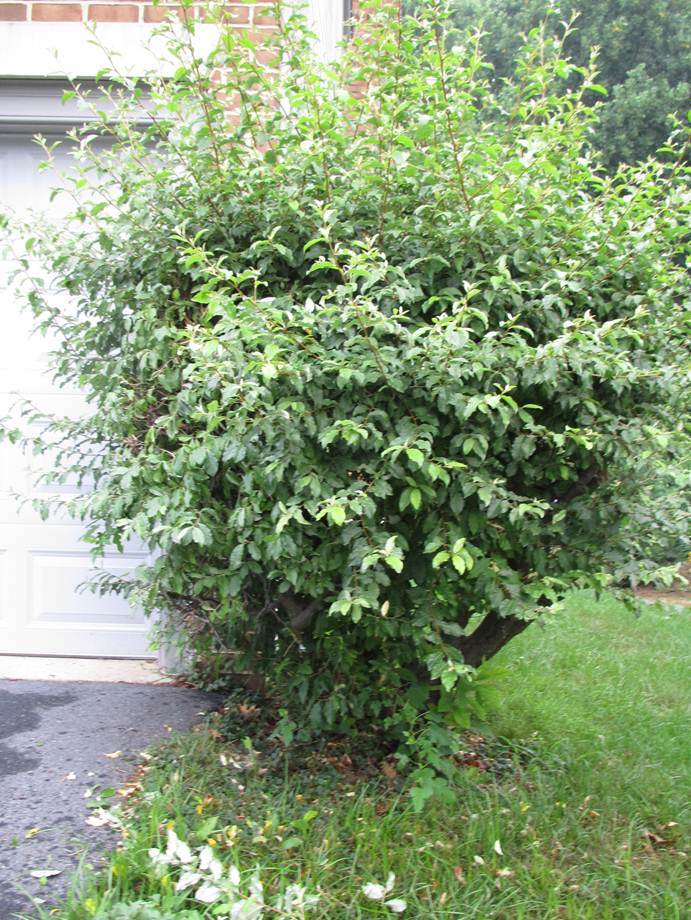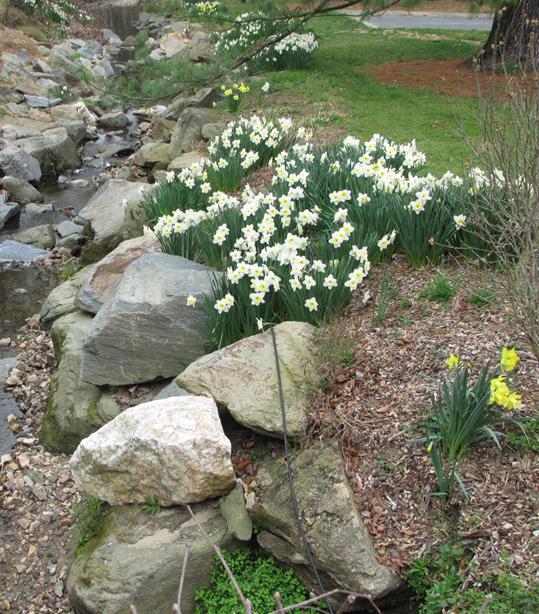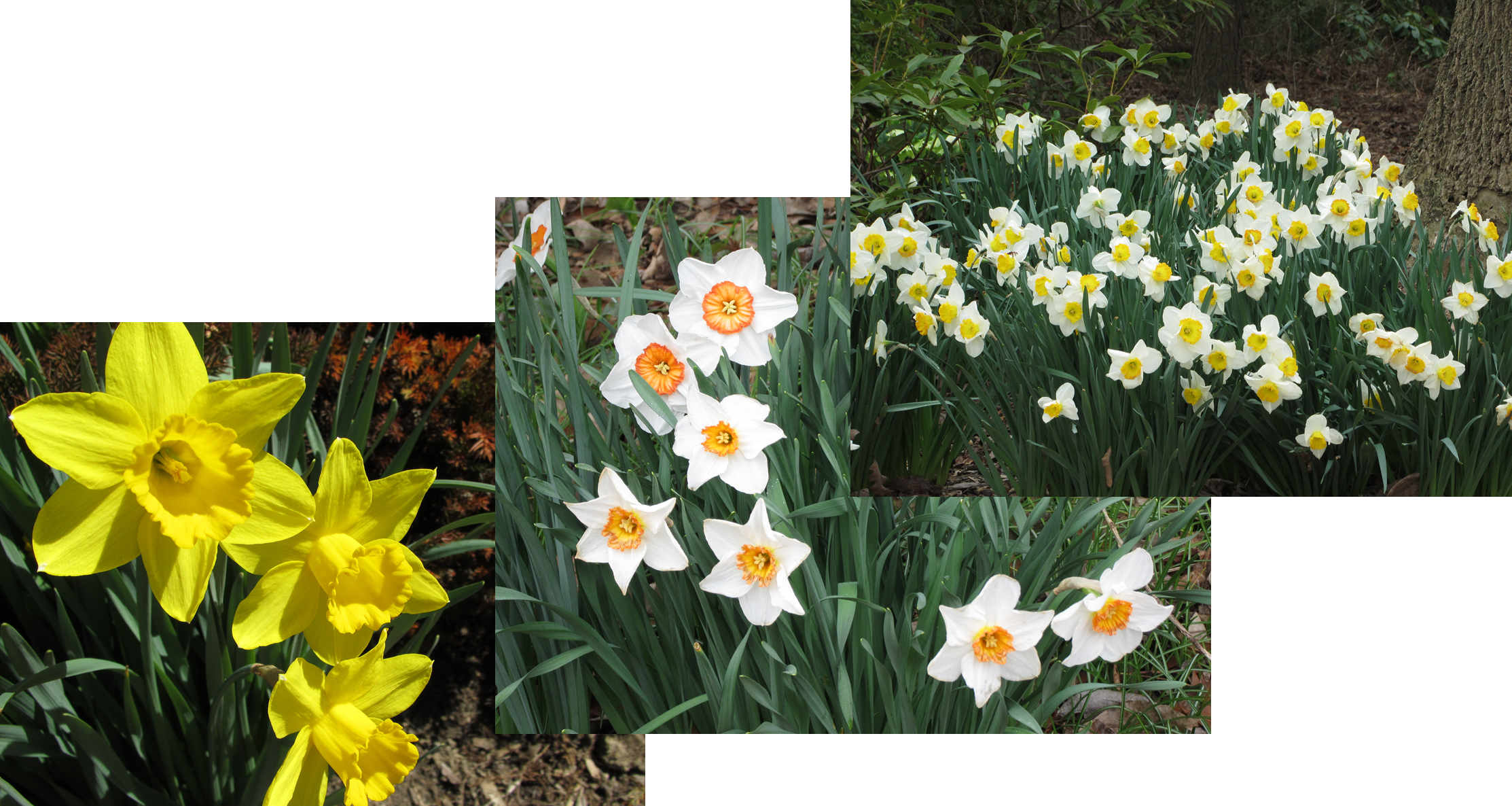Bush Trimming Think Time
/ Bush trimming is one of those activities that can be done almost on autopilot (as long as you are not using an electric trimmer) and thoughts can go in just about any direction - i.e. bush trimming does not require a lot of brain power. The activity is an opportunity for thinking.
Bush trimming is one of those activities that can be done almost on autopilot (as long as you are not using an electric trimmer) and thoughts can go in just about any direction - i.e. bush trimming does not require a lot of brain power. The activity is an opportunity for thinking.
There is a bush growing beside my garage that I call my ‘therapy bush’ because trimming it always ends with the satisfaction of a job done and improved perspective on other aspects of my life. That hour or so of thinking time while trimming the bush always works its magic. Its ‘before trimming’ state from a few days ago is to the left.
Small hand pruners are always my preference. They are quiet (compared to anything with a motor) and I can easily cut with one hand and catch the branches with the other to pile neatly on the side. I’m always surprised that some of the branches grow so much in a relatively short period of time and also notice that the large ones have thorns while the smaller ones do not.
 Some of my discoveries about the bush during this trimming:
Some of my discoveries about the bush during this trimming:
- Last time I trimmed the bush - there were at least two other bushes growing with it. I trimmed both of them as close to the soil as I could and this time discovered one had not come back but the other one had…and it was the one that may have caused some skin irritation last time (the plant didn’t look like poison ivy but my skin certainly reacted like it was a close kin). Hopefully I was more successful in keeping it from my skin this time.
- A pleasant find under the bush - wild strawberry plants. One had a red berry. They are too small to be edible but the red color against the carpet of green leaves was pleasant. It’s made a nice ground cover under the bush.
- There was a white spider that was hanging on an invisible silk from one of the branches. I waited until he regained the branch and then trimmed the other side of the bush.
- Trimming the bush when it still had droplets on it from a rain or heavy dew is a plus on a hot day. Getting a little wet is a good thing.
While I was trimming I thought about the little things that happen that are unplanned triggers for memories - good or bad, about losing respect for people (mostly politicians) that I’d rather be able to respect, and about how it seemed to take longer to trim the bush last time.
And the ‘after trimming’ state of the bush is to the right. The pile on the ground does not seem as big as it did when it was on the bush. I hauled the clippings off to the woods behind our house. The task was done and it only took about 1,000 steps (based on what my Fitbit counted)!






































